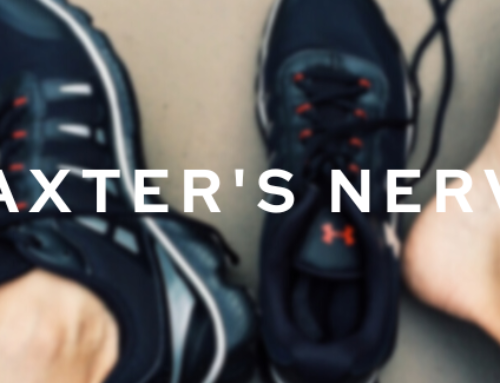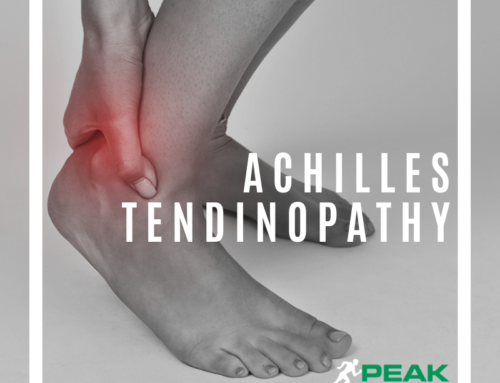This is a condition that features joints that easily move beyond the normal range expected for that particular joint. Hypermobile joints are sometimes referred to as “ loose joints”, and those affected are referred to as being “double jointed”. When generalized, the hypermobility occurs with symptoms such as muscle or joint pain without systemic disease and it is called Hypermobility Syndrome.
Joint hypermobility is thought to be very common, particularly in children and young people. In many cases, the joints do become stiffer with age, although most symptoms can continue into adult life.
Joint hypermobility can cause a wide variety of symptoms, including:
- Pain and stiffness in the joints and muscles- particularly towards the end of the day and after physical activity
- Clicking joints
- Back and neck pain
- Fatigue
- Night pains
- Poor co-ordination
In many cases joint hypermobility causes no symptoms and requires no treatment. Some people such as ballet dancers, gymnasts and musicians may actually benefit from the increased flexibility.
Treatment will be focused on relieving pain by strengthening surrounding muscles and stabilizing the joints under a controlled physiotherapy programme, as well as additional help to manage the pain and make everyday tasks easier.
The use of various form of shoe inserts is an option for many people to help aid stability and help them cope during physical activities.









Leave A Comment